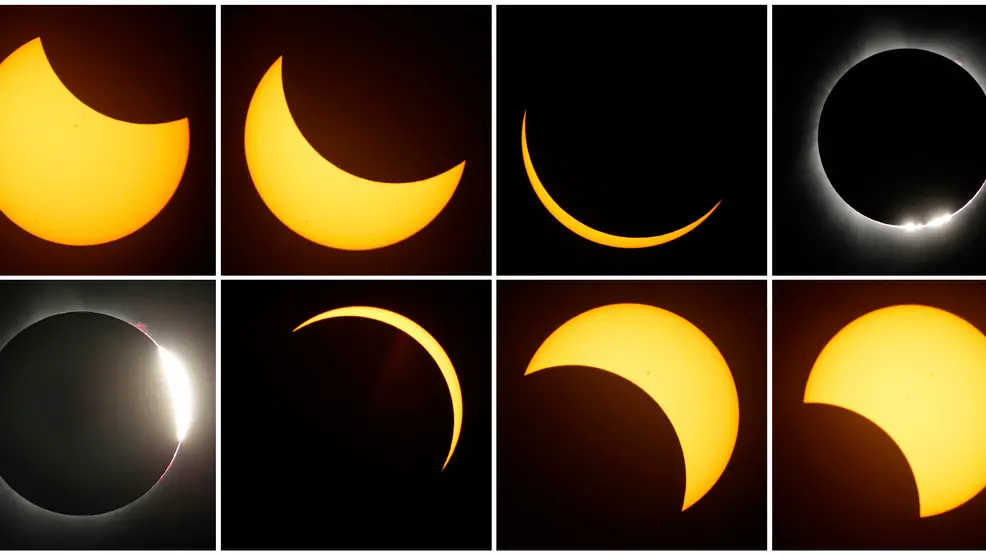Total Solar Eclipse On April 8: Time, Duration And How To Watch It Live Online
Total Solar Eclipse On April 8: Time, Duration And How To Watch It Live Online Total Solar Eclipse 2024: A solar eclipse is an astronomical phenomenon where the Moon passes between the Earth and the Sun and blocks the Sun’s light either entirely or partially Indeed, a total solar eclipse is a breathtaking event … Read more
